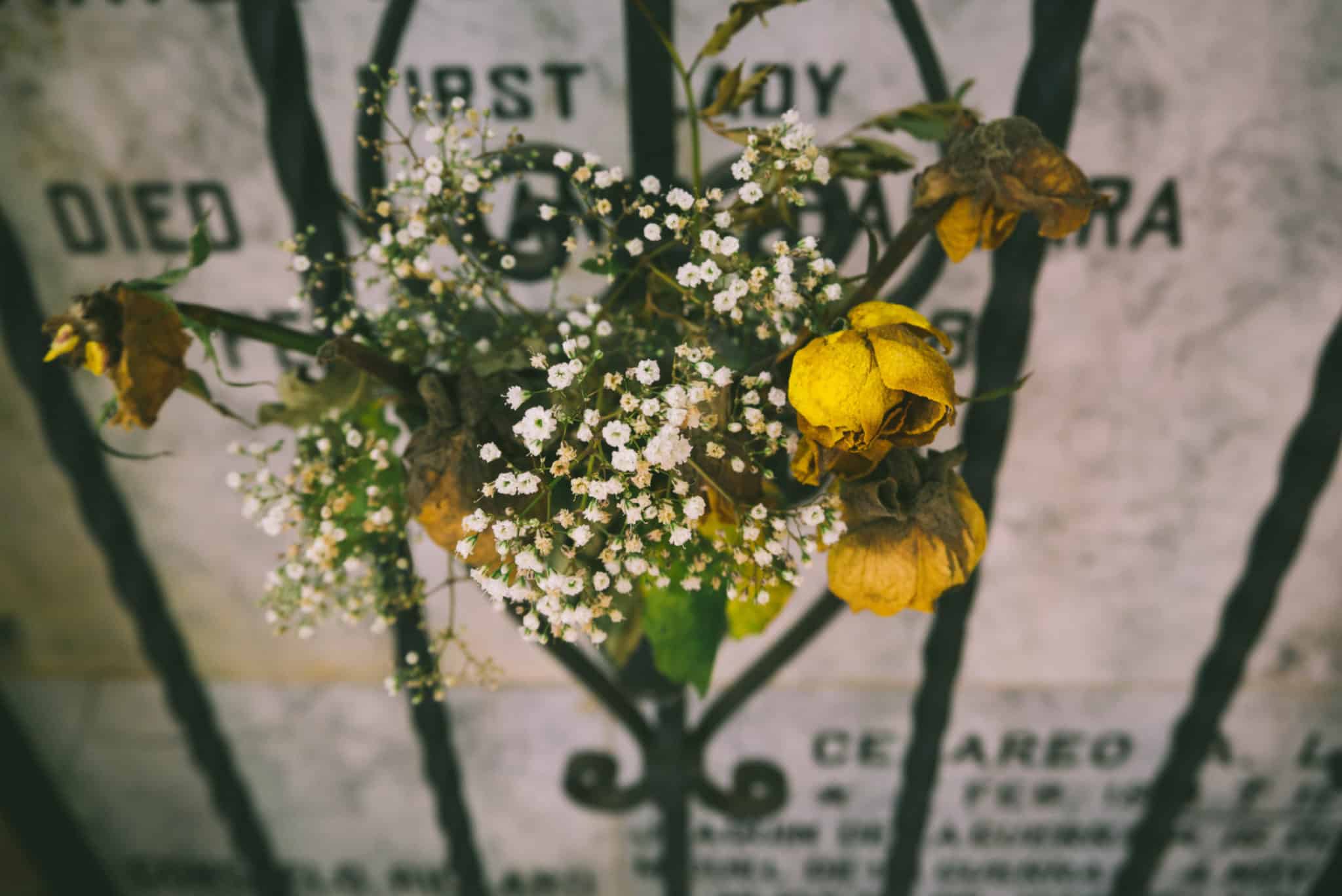The value of legacy building activities in caregiving

A legacy activity might include an item that you help create that acts as a memento and provides a sense of enjoyment to family and friends after someone they care about has passed on.
Planned Legacy Activities – These are activities that can be pre-planned such as conducting a life review or creating photographs, hand molds, and artwork.
Unplanned Legacy Activities – These involve memories that have been created throughout the illness such as personal outings or sharing time together.
Why legacy building activities are important
Activities for legacy building can conserve the dignity of the dying person by allowing for personal control over some aspect of the dying process. These are often end-of-life activities that can also help to maintain hope for the meaning of a life lived and in recognizing the value and worth of the dying person.
Many times, legacy building activities can assist caregivers by helping to reduce stress, increasing the social interaction with the person you are caring for, and improving communication.
Legacy activities are also an important part of the bereavement process, that period of mourning following the loss of a loved one.
When to start legacy building activities
To create a living legacy, activities should be initiated early after a person is determined to have a life-limiting illness. Ideally, caregivers should begin their legacy building activities with the person in their care as soon as possible.
How to start legacy building
Legacy building activities can be quite varied and may include among other things:
- Creating a booklet or journal
- Scrapbooking
- A chronicle of activities with pictures or videos
These legacy activities offer the dying person the opportunity to actively participate in the process of “leaving a legacy.”
Caregivers can play a key role in legacy building with the individual by helping them to determine what information they consider important for others to know and remember.
Caregivers can start by asking the individual to share their favourite childhood memory or significant events during their life. This can be further expanded to include favourite songs, books, poems, or pictures.
The caregiver can then help the person to determine what format to use including art, music, photo albums, or writings. It is important to remember that the types of media used are as individual as the person creating the legacies.
Legacy building activities are valuable tools that enable the person living with the illness, and their caregiver(s), to express messages about their feelings and create tangible memories of meaningful life experiences and relationships.








